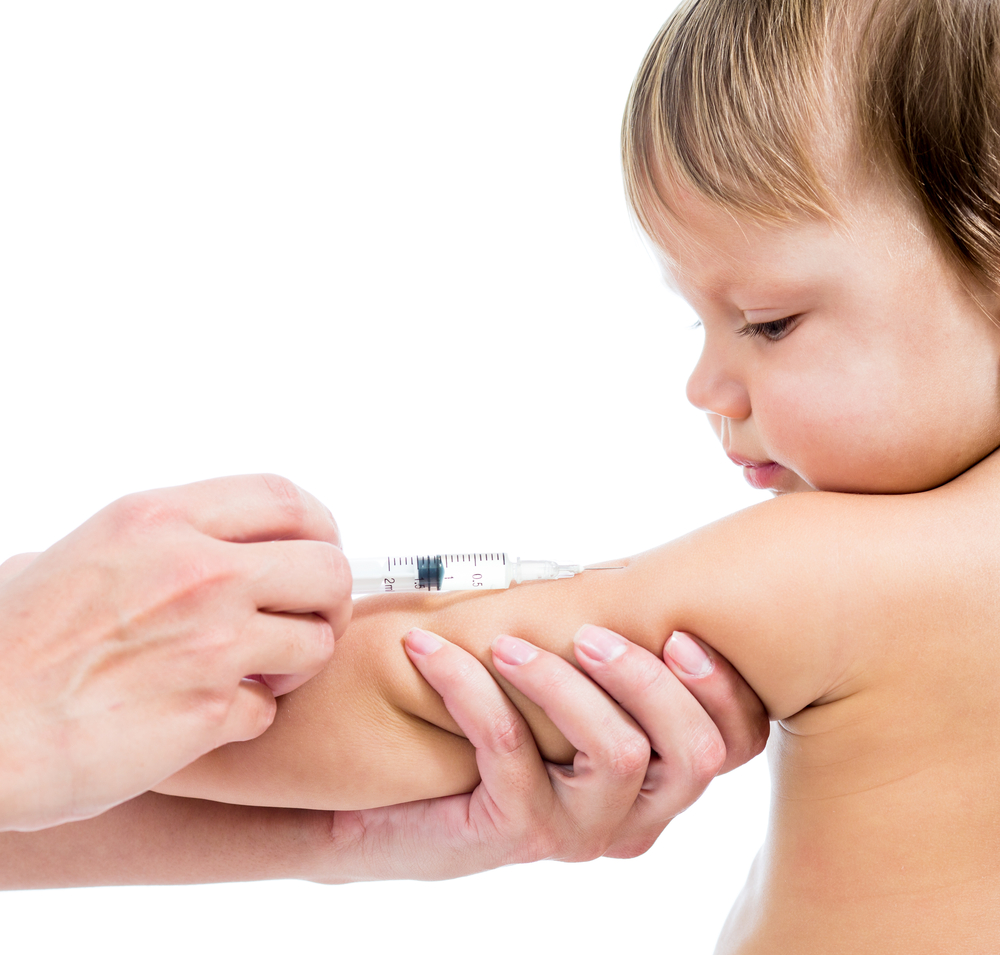Pockets of Lower Vaccination Rates Remain Across the US

Most infants and kindergartners in the United States are up-to-date with their vaccinations, but there are some areas where vaccination rates are lower, potentially increasing the risk that diseases will spread there, according to two new reports from the Centers for Disease Control and Prevention.
The first report found that vaccination rates in 2014 for U.S. infants ages 19 to 35 months were generally high. In 2014, more than 90 percent of infants were up-to-date with vaccines for polio; measles, mumps and rubella (MMR); hepatitis B; and chicken pox, the report found.
However, vaccination coverage tended to be lower for vaccines that require more than one dose. For example, about 84 percent of infants received all four doses of the diphtheria, tetanus and acellular pertussis vaccine (DTaP), and about 82 percent received the full series of vaccines against the virus Haemophilus influenzae type b (Hib).
"The final dose for these vaccines is often scheduled during the second year of life, when routine visits to health care providers occur less frequently," the researchers wrote in their report. "Ensuring that providers are fully aware of appropriate catch-up vaccination practices could be an important strategy for achieving full coverage with these vaccines." [5 Dangerous Vaccination Myths]
Vaccination rates also varied by state: For example, only 84 percent of infants in Arizona were up-to-date with the MMR vaccine, and only 72 percent of infants in Wyoming were up-to-date with the DTaP vaccine.
The second report found that vaccination rates among U.S. kindergartners are also high, and that the percentage of children who get vaccine exemptions is low — around 1.7 percent. (States require that children are up-to-date with their vaccinations before they can start kindergarten, but some children can be exempt from vaccinations if their parents request it.)
Still, in some states, the percentage of vaccine exemptions was higher. Idaho had the highest rate, with 6.5 percent of kindergartners having a vaccine exemption, mostly for nonmedical reasons, such as religious or personal beliefs. . In Oregon, 6 percent of kindergartners had exemptions, and in Alaska, 5.8 percent had them.
Sign up for the Live Science daily newsletter now
Get the world’s most fascinating discoveries delivered straight to your inbox.
"Geographic pockets of low vaccination coverage and high exemption levels can place children at risk for vaccine-preventable diseases," the researchers said.
They noted that, in the recent measles outbreak that was linked with Disneyland — which sickened 159 people living in 18 states — more than 80 percent of patients were either not vaccinated against measles or didn't know their vaccination status.
"School vaccination coverage assessments at the state and local levels for all kindergartners will be critical to aid in identification of communities at risk for vaccine-preventable disease transmission," the researchers said.
The reports are published in the Aug. 28 issue of the CDC journal Morbidity and Mortality Weekly Report.
Follow Rachael Rettner @RachaelRettner. Follow Live Science @livescience, Facebook & Google+. Original article on Live Science.

Rachael is a Live Science contributor, and was a former channel editor and senior writer for Live Science between 2010 and 2022. She has a master's degree in journalism from New York University's Science, Health and Environmental Reporting Program. She also holds a B.S. in molecular biology and an M.S. in biology from the University of California, San Diego. Her work has appeared in Scienceline, The Washington Post and Scientific American.









